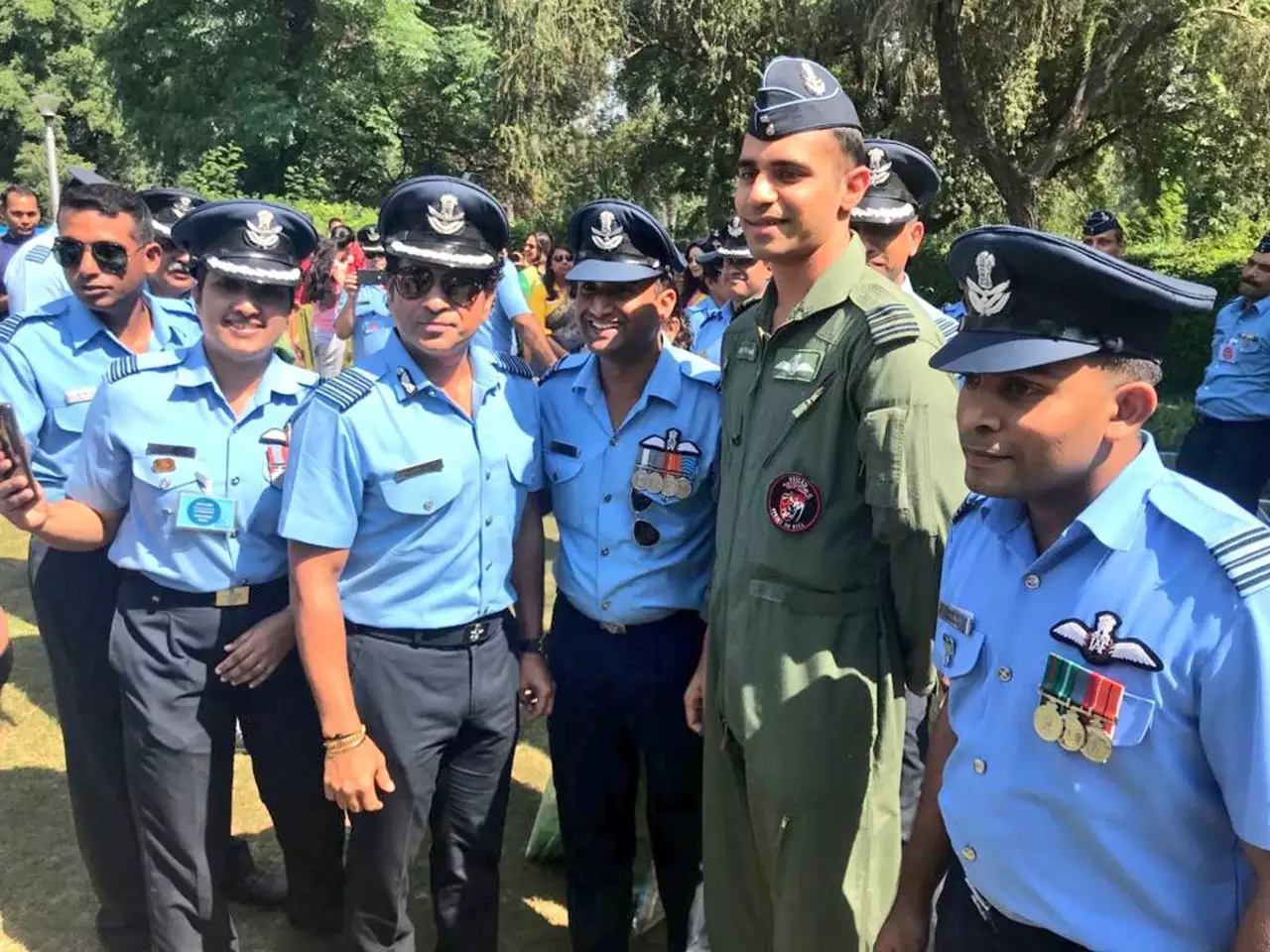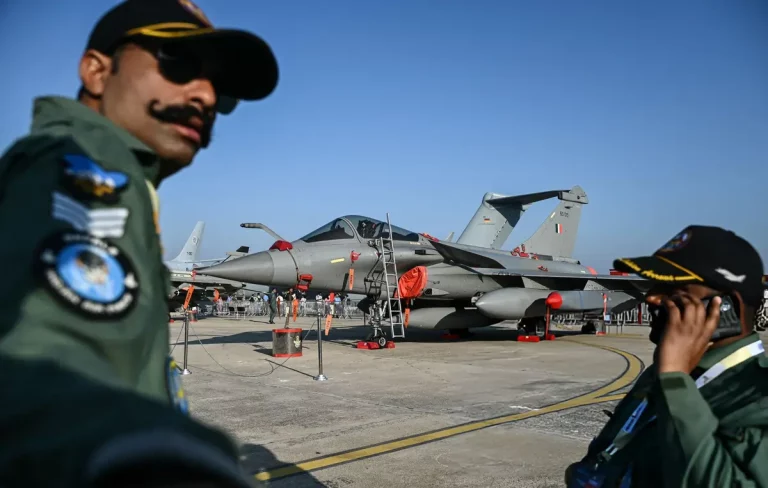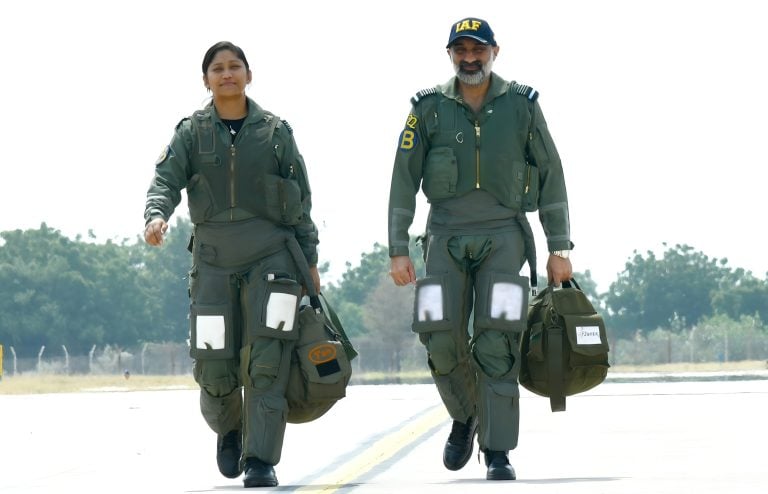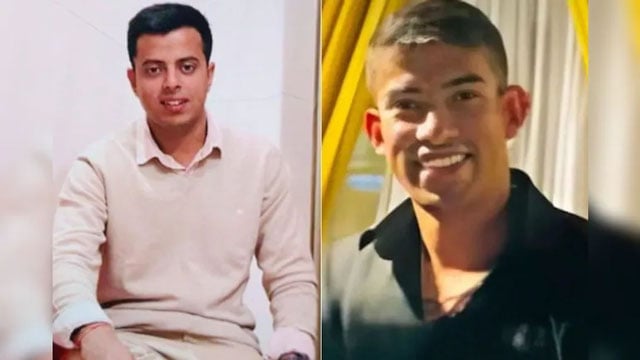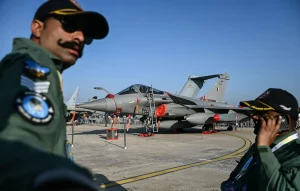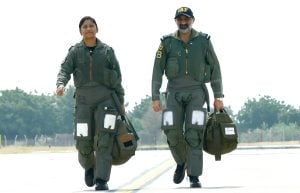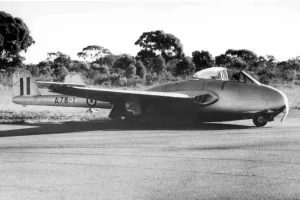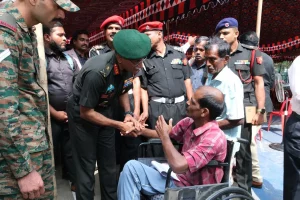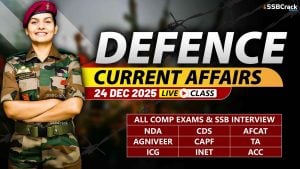Joining the Indian Air Force (IAF) represents a highly esteemed goal for numerous young individuals in India. As one of the primary branches of the Indian Armed Forces, the IAF provides various pathways for aspiring officers to contribute to national defense and security. Candidates exploring this avenue need to be aware of the four main entry routes available: NDA Entry, CDSE Entry, AFCAT Entry, and NCC Special Entry. Each route encompasses distinct eligibility criteria, selection processes, and training requirements, which are vital for candidates to understand as they chart their career paths.
The National Defence Academy (NDA) serves as a key entry point for individuals aspiring to join the IAF, particularly in the Flying Branch. This entry route is open to both male and female candidates who have completed their higher secondary education (Class 12). The NDA program includes a rigorous three-year training regimen that prepares these candidates for a career in the armed forces. The selection process consists of a written examination administered by the UPSC, followed by an SSB interview for those who succeed. To be eligible, candidates must have completed Class 12 with Physics and Mathematics and should be between the ages of 16.5 to 19.5 years at the time the course commences. Notifications for this entry are generally made in May and December, with examinations conducted in April and September.
Successful candidates from the NDA are subjected to comprehensive training at the NDA in Khadakwasla, Pune, which combines academics, military training, and physical fitness. Afterward, they advance to the Air Force Academy (AFA) in Dundigal, Hyderabad, for specialized flying training.
Another notable route is the Combined Defence Services Examination (CDSE), crafted for male candidates who have completed their graduation. This entry exclusively aims at integrating individuals into the Flying Branch of the IAF. The examination structure includes a written test comprising three papers—General Awareness, English, and Mathematics—necessitating graduation from any recognized university with Physics and Mathematics at the Class 12 level or a BE/B.Tech degree. Candidates must be between 20 to 24 years old at the commencement of the course. Notifications are usually released in June and October, with exams scheduled for February and September.
Following the CDSE, selected candidates receive training at the AFA, which includes specialized flying training at designated establishments, channeling the aspirations of those inclined towards a pilot career in the IAF.
The Air Force Common Admission Test (AFCAT) is yet another avenue available for both men and women vying to join the IAF across various branches—including Flying, Technical, and Ground Duty. The examination consists of a single paper covering General Awareness, English, Mathematics, and Military Aptitude. Candidates must hold a graduation degree in any discipline or possess a relevant engineering degree for technical branches. The age limit typically falls between 20 and 26 years, varying slightly depending on the specific branch of entry. Similar to the previous routes, notifications for the AFCAT are released in June and December, with examinations held in February and August.
Candidates who clear the AFCAT proceed to an SSB interview before engaging in training at the AFA, which varies in duration and focus based on the selected branch.
For candidates who have undergone NCC training, the NCC Special Entry offers a streamlined pathway into the IAF. This scheme is designated for candidates who hold a Senior Division ‘C’ certificate and is open to both male and female candidates pursuing entry into the Flying Branch. Unlike other routes, applicants are directly called for an SSB interview based on their NCC credentials, thus bypassing written examinations. To qualify, candidates must have completed their graduation with at least 60% aggregate marks and must have studied Physics and Mathematics during their Class 12 education. The age limit for this entry is also between 20 to 24 years. Notifications for applications are disseminated through respective NCC Air Squadrons.
In summary, aspiring to be an officer in the Indian Air Force is a commendable and challenging pursuit that demands commitment, discipline, and service to the nation. Each entry path—whether through the NDA, CDSE, AFCAT, or NCC Special Entry—provides unique challenges and opportunities. Candidates must meticulously evaluate their educational qualifications, age, and career objectives to select the most beneficial route for their aspirations. With diligent preparation and resolve, candidates can successfully embark on a rewarding journey in the IAF, enhancing the security and defense of the country.
